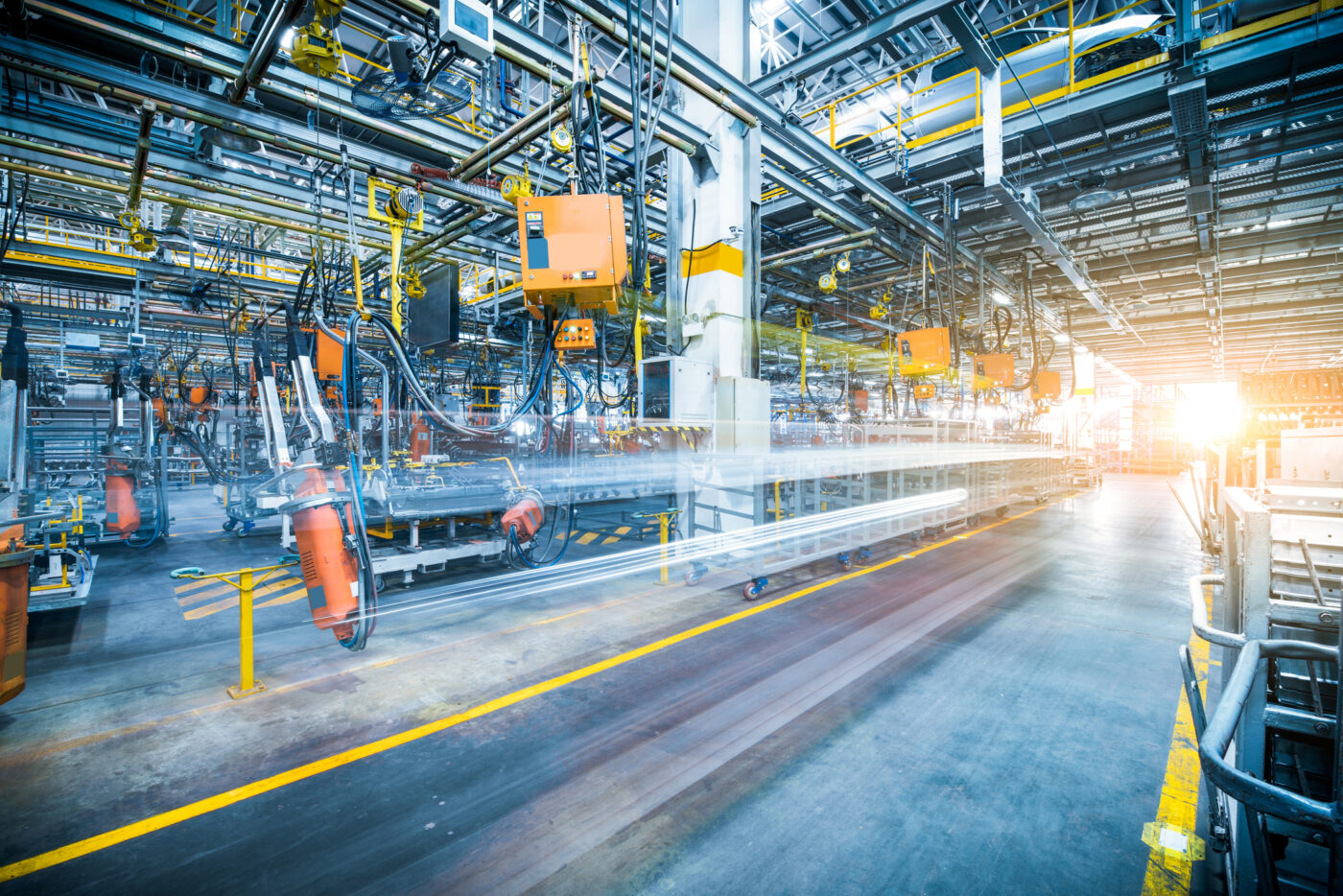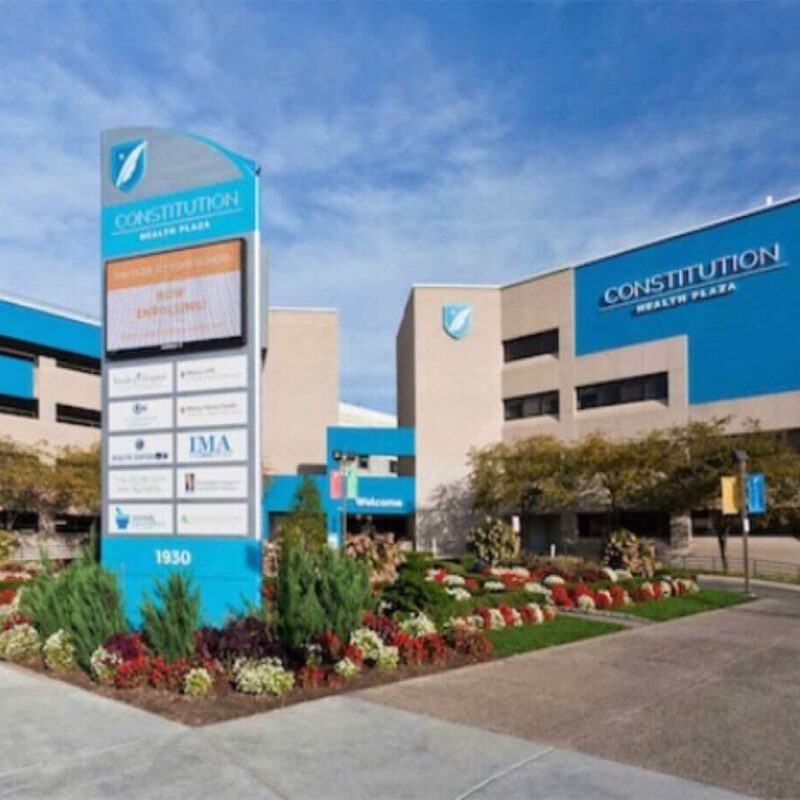Competing Capital Priorities
Infrastructure improvements are in constant competition with other departments and priorities for limited resources and budget.
Growing Energy Costs
Energy costs are unavoidable. Scarcity of supply as well as shifts in the broader energy landscape are driving up prices.
What if energy spending could be reallocated to other business priorities?
Sustainability Shortcomings
A sustainable focus is essential in today’s landscape, but progress can't come at the expense of other business priorities.
What if sustainability efforts could drive profitability and business growth?
Cut energy costs with aging infrastructure
Ecosave’s holistic approach to energy efficiency and infrastructure delivers solutions that reduce operating costs, enhance system resiliency and enhance return on investment.

Ecosave's Energy Efficiency Solutions
Increase efficiency with best-in-class technologies and building infrastructure solutions to retrofit or upgrade equipment, including mechanical HVAC systems, lighting controls, hydraulic systems, generators, security and access control.
Deliver improved air quality, building efficiency and reliability with state-of-the-art building automation systems.
Decarbonize your building and reduce grid dependency with clean, sustainable, resilient energy solutions, including solar and geothermal energy generation and battery storage.
Reduce maintenance costs and optimize maintenance schedules through data-driven insights powered by EcosaveWatch. Receive alerts when equipment faults or issues are detected and even receive advanced warning of potential issues based on continuous diagnostics in near-real-time.
Energy efficiency upgrades with no upfront costs and positive cashflow
The Ecosave Services Agreement (ESA) offers performance-based engineering savings that align ESG goals with financial objectives. You invest no upfront capital or debt and externalize your risk. Over the term of the ESA, your energy savings pay for the project.

Who we serve
Ecosave’s approach is purpose-built for a broad range of organizations and facilities with aging infrastructure, including:
- Manufacturing
- Hospitals and Healthcare Providers
- Commercial Real Estate
- Colleges and Universities
- Hospitality
- Corporate Enterprise
- Retail
Case Studies
Frequently Asked Questions
- How does the Ecosave Services Agreement work?
- Ecosave conducts a free, in-depth savings assessment of your facility to design the optimal package of energy saving and green energy solutions. The package of solutions is designed Guarantee greater savings , than the service fee. We then purchase, project manage and install the package of building upgrades using our own capital, and maintain the equipment and manage the energy conservation to deliver more than the guaranteed savings. Requiring no upfront capital or debt, the Ecosave Services Agreement (“ESA”) is a fully off-balance sheet, cash flow positive contract structure that allows our customers to upgrade aging infrastructure and realize deep energy savings over a long-term service agreement.
- How can schools of all types reduce energy consumption?
- Schools can reduce energy consumption by installing solutions that decrease and/or manage usage such as energy-efficient equipment, LED lighting and programmable thermostats for HVAC systems as well as enhancing insulation and windows. Adopting renewable energy sources like solar panels, performing regular energy audits, and employing smart energy management systems are also beneficial. Encouraging energy-saving behaviors among students and staff further supports these efforts.
- What uses energy in a classroom or lecture hall environment?
- In a classroom or lecture hall, energy is primarily used by lighting systems, heating, ventilation, air conditioning (HVAC) systems, electronic devices such as computers and projectors, and sometimes laboratory equipment. Additionally, energy is consumed by audio-visual equipment, chargers for personal devices, and any other electrical appliances present.
- How can educational buildings achieve energy efficiency?
- Educational buildings can achieve energy efficiency by incorporating energy conservation measures such as upgraded HVAC systems, better insulation, efficient windows and LED lighting. Utilizing renewable energy sources like solar panels, implementing smart energy management systems, and conducting regular maintenance are also essential.
- What is energy efficiency in educational institutions?
- Energy efficiency in educational institutions involves reducing energy use through better building design, efficient lighting, upgraded HVAC systems, renewable energy sources, and other energy conservation measures and technologies. Smart energy management and regular maintenance also play crucial roles in energy efficiency. These measures lead to cost savings, reduced environmental impact, and improved learning environments.
- What are the most energy-intensive manufacturing processes?
- Several manufacturing industries and processes require significant energy consumption. Specific energy requirements will vary by sector, organization, and facility. However, the most energy-intensive manufacturing processes include smelting and refining, steelmaking, steam cracking, cement manufacturing, glass manufacturing, paper and pulp production, plastics manufacturing, and textile manufacturing.
- What is energy management in the manufacturing industry?
- Energy management in the manufacturing industry refers to monitoring, controlling and optimizing energy use in manufacturing processes and facilities to enhance overall efficiency. It is a key component in reducing operational costs, enhancing competitiveness, and achieving sustainability benchmarks.
- What is energy efficiency in manufacturing?
- Energy efficiency in manufacturing refers to the practice of reducing energy use in operations and processes to maximize productivity and profit margins while advancing sustainability goals. It involves maintaining and upgrading equipment, processes, and facilities to reduce energy consumption and increase efficiency. It also involves integrating new technologies and tools to enhance metrics and intelligence around energy usage and opportunities for efficiencies, including reducing total cost of ownership costs.
- What happens to the building upgrade equipment at the end of the contract?
- Any equipment that is installed to achieve the savings is held on Ecosave’s balance sheet for the duration of the contract and is fully depreciated by the contract end. If you choose to keep the equipment, you can purchase the fully depreciated equipment, at an agreed market value.
- Does Ecosave have to maintain the equipment?
- Ecosave can either pay your incumbents to maintain the equipment, or provide a turnkey solution, using and managing our subcontractors to add value to your facilities management team. Importantly, if any of the equipment fails, we repair or replace it.
- How are the energy savings measured?
- Measurement & Verification of the guaranteed savings are carried out in accordance with the International Performance Measurement and Verification Protocol (IPMVP) standards, this is the commonly used standard in the US to measure savings in government energy performance contracts. The over or under-delivered savings are calculated and reconciled annually at each anniversary of the contract.
- What do you mean by Guaranteed Savings?
- Ecosave’s in-depth engineering savings assessment creates a savings model based on actual usage reduction (such as kWh of electric and therms of gas) and plant performance within your facility. We model this performance across a suite of potential energy saving, energy efficiency and green energy solutions, including HVAC, battery storage and solar as well as water conservation, to design a data-driven view of the actual savings we can deliver within a cash positive environment. This is the energy savings we guarantee in your contract, and if we under-perform in any year, we write you a check for the difference. It’s guaranteed.
- What is the Ecosave Services Agreement?
- Requiring no upfront capital or debt, the Ecosave Services Agreement (“ESA”) is a fully off-balance sheet, cash flow positive contract structure that allows our customers to upgrade aging infrastructure and realize deep energy savings over a long-term service agreement.
- Should I get a battery with my solar system?
- It depends! Like solar, some markets in the United States are more favorable for batteries than others. Depending on local incentives for battery systems (see Incentives above), during the utility bill analysis Ecosave will determine whether installing a battery to lower your peak demand and offset any peak demand charges from the utility is worth the additional cost of the battery.
- How does installing solar save me money on my electric bill?
- By installing solar on your building, electricity once supplied by the utility will now be supplied by your solar system. With electricity rates nationwide expected to rise by roughly 2% annually, the value of installing solar now will continue to increase through the life of the system. Additionally, some utilities will pay system owners for any electricity not consumed on-site and sent to the grid (see Net Metering above), adding an additional value stream to your system.
- Are there incentives for installing solar on my building?
- Yes! Any solar system installed in the United States is eligible for the Federal Solar Investment Tax Credit (ITC). Currently set at 30% of total solar system cost, but with the new guidelines from the Inflation Reduction Act the ITC can be as high as 50%. Additionally, depending on the state and utility that your solar system is installed in, solar systems can be eligible for upfront cash rebates as well as performance-based incentives (ex. Renewable Energy Credits) that can last the entire life of the system. Finally, solar owners may also be eligible for property tax exemptions dependent on the municipality.
- Where is Ecosave located?
- Our U.S. headquarters is located in Philadelphia’s Navy Yard. We also have offices in New York City, Boston, Washington DC and a global counterpart in Australia and New Zealand.
- How do you help building owners and managers achieve net zero carbon buildings?
- Many building owners are placing a renewed focus on how they can offset their impact on the environment. However, to do so, it must also make financial sense. We tailor our approach for each individual property and offer solutions across the energy landscape, including energy and water efficiency, clean energy generation, smart building automation, utility management, and environmental management. With no upfront cost or capital needed, our customers are able to upgrade aging infrastructure and realize energy and cost savings.
- Who is Ecosave?
- Ecosave is one of the fastest-growing, full-service energy companies globally. With over 3,500 successful energy projects under its belt, we enable building owners to achieve significant energy and cost savings as well as their ESG goals.
- Do you offer energy management software or technology solutions?
- Yes! EcosaveWatch is our advanced analytics and insights platform that monitors energy usage, tracks assets, optimizes building operation, and offers a suite of real-time dashboard services.
- Do you also offer guidance on renewable energy generation and storage?
- We don’t just manage and reduce energy usage, but also specialize in helping your building to decarbonize by using clean energy generation, including solar, battery storage and geothermal.
- How do you generate cost savings for your customers?
- We produce guaranteed energy savings for commercial properties through a mix of infrastructure upgrades, equipment optimization, and ongoing commissioning, monitoring, and maintenance services. On average, our customers are able to reduce consumption by 25-50%, which can lead to significant cost savings over time.
- What are some of the Smart Buildings features that you offer?
- Our Smart Buildings group uses powerful, open and state-of-the-art building automation systems to deliver high-performance smart buildings. We work alongside our clients to develop custom solutions that maximize indoor air quality, building efficiency and reliability. Ecosave deploys different solutions from onsite or in the cloud that integrate different building systems and technologies while maintaining the necessary security requirements.






